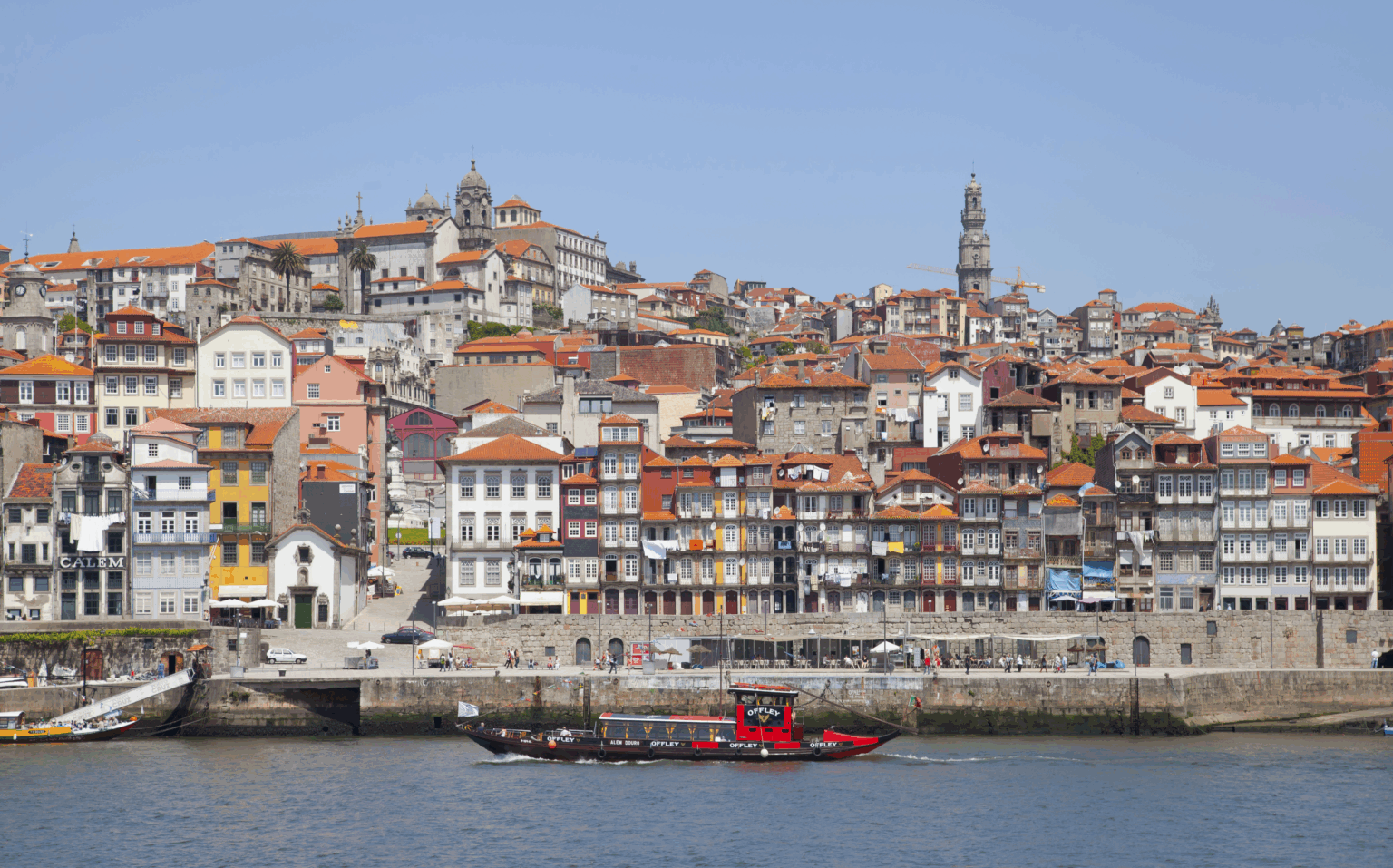In this article, I will cover the Things To Do In Lisbon, Portugal. A city with rich historical background, breathtaking views, and beautifully crafted culture.
- Key Points & Top Things To Do In Lisbon, Portugal
- 10 Top Things To Do In Lisbon, Portugal
- 1. Explore Belém Tower
- 2. Visit Jerónimos Monastery
- 3. Ride Tram 28
- 4. Discover Alfama District
- 5. Visit São Jorge Castle
- 6. Explore LX Factory
- 7. Taste Pastéis de Nata
- 8. Walk along Ribeira das Naus
- 9. Experience Time Out Market
- 10. Take a Day Trip to Sintra
- Conclsuion
- FAQ
Lisbon offers ancient castles, lively sections, mouth-watering local foods, riverside walks and so much more.
This guide provides the best experiences for those who want adventure, culture, and some relaxation.
Key Points & Top Things To Do In Lisbon, Portugal
| Activity | Key Point |
|---|---|
| Explore Belém Tower | Iconic 16th-century fortress with riverside views. |
| Visit Jerónimos Monastery | Stunning UNESCO World Heritage site showcasing Manueline architecture. |
| Ride Tram 28 | Historic tram route passing through Lisbon’s oldest neighborhoods. |
| Discover Alfama District | Narrow streets, colorful houses, and authentic Fado music. |
| Visit São Jorge Castle | Panoramic views of Lisbon from a historic hilltop castle. |
| Explore LX Factory | Trendy arts and culture hub with shops, cafes, and street art. |
| Taste Pastéis de Nata | Sample Portugal’s famous custard tarts at iconic bakeries. |
| Walk along Ribeira das Naus | Scenic riverside promenade for relaxing strolls. |
| Experience Time Out Market | Vibrant food hall offering local and international cuisines. |
| Take a Day Trip to Sintra | Explore fairytale palaces, castles, and lush gardens nearby. |
10 Top Things To Do In Lisbon, Portugal
1. Explore Belém Tower
Belém Tower, or Torre de Belém, is one of Lisbon’s most iconic landmarks. Constructed in the 16th century, Belém Tower served as a castle used to defend the city as well as an entrance gate for adventurers of the Discovery Age.
The Manueline architecture of the tower is a spectacle of history and photography. The intricate carvings and maritime motifs is a highlight of the tower.
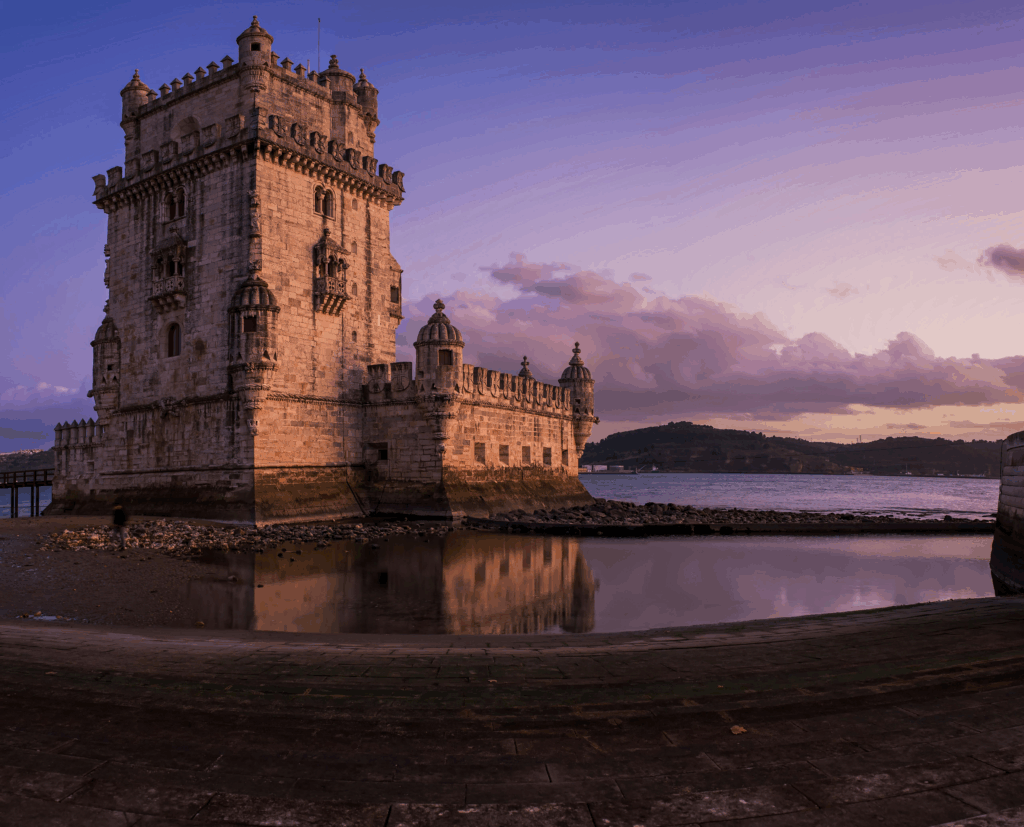
The Belém Tower also has bastions, terraces, and watchtowers for the visitors which provide a magnificent view of the Tagus River. There are also beautiful waterfronts, perfect for a stroll.
2. Visit Jerónimos Monastery
As a UNESCO World Heritage site, Jerónimos Monastery is one of the most famous monuments in Portugal’s history.
Its construction in the early 16th century demonstrates the opulence of Portugal during the Age of Discoveries.

Portugal’s wealth was evident in the lavishly carved stonework, the richly ornamented cloisters, and the dazzling church interior, which holds the tomb of the explorer Vasco da Gama.
The monastery’s location in the Belém district provides the opportunity to visit other attractions in the area. Its calm cloisters and richly detailed artistry throughout the site make it a top destination for any visitor to Lisbon.
3. Ride Tram 28
Here is another option for scenic transport while visiting Lisbon. Tram 28 blends history and culture on this charming vehicle.
Lisbon is built on hills so it’s always a pleasure to see the beautiful and colorful vintage 28 tram make its way around Graça, Alfama, and Baixa neighborhoods while capturing amazing vintage architecture of Lisbon.
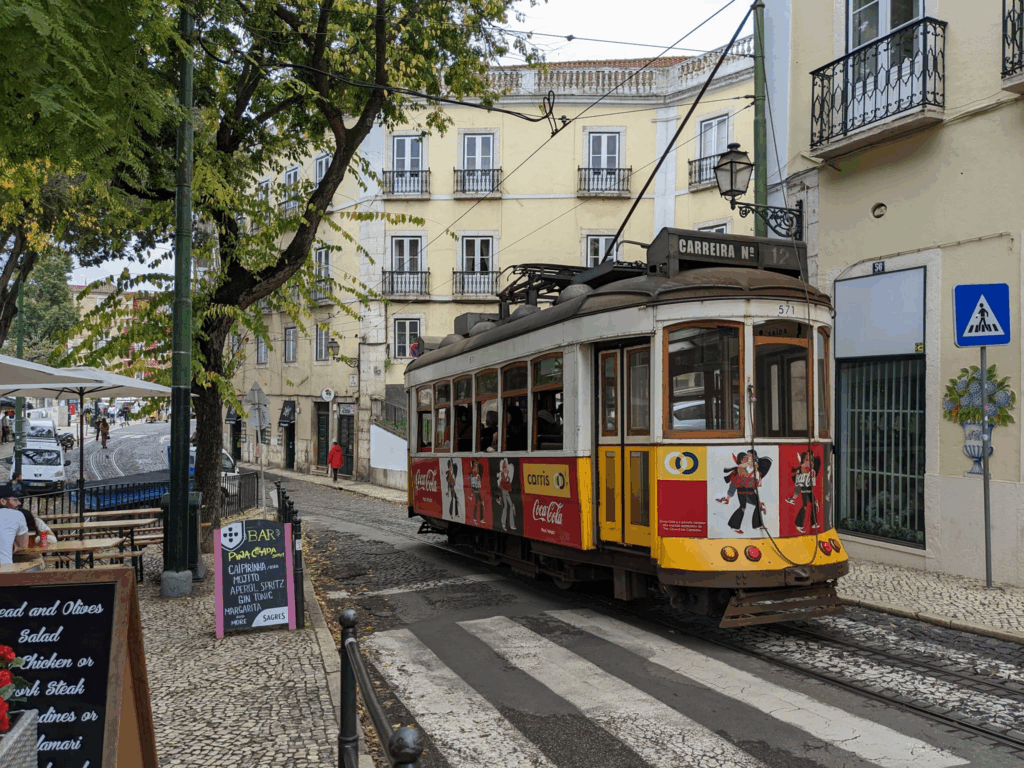
Riding Tram 28 operates on a schedule but there is enough time to relax and enjoy the beautiful and narrow streets of Lisbon, with local life and delicious food on every corner. At the Golden Hour, the beauty of Tram 28 and Lisbon is a photographer’s dream.
4. Discover Alfama District
Alfama lies within Lisbon oldest and most charming districts, with its maze-like streets and pastel-colored houses.
While wandering through Alfama, anyone can enjoy streets echoing Fado, Alfama’s traditional music, and watch colorful street art and busy markets.
The most enjoyable walk explores hidden squares, beautiful views from Santa Luzia, and Lisbon’s oldest Cathedral.
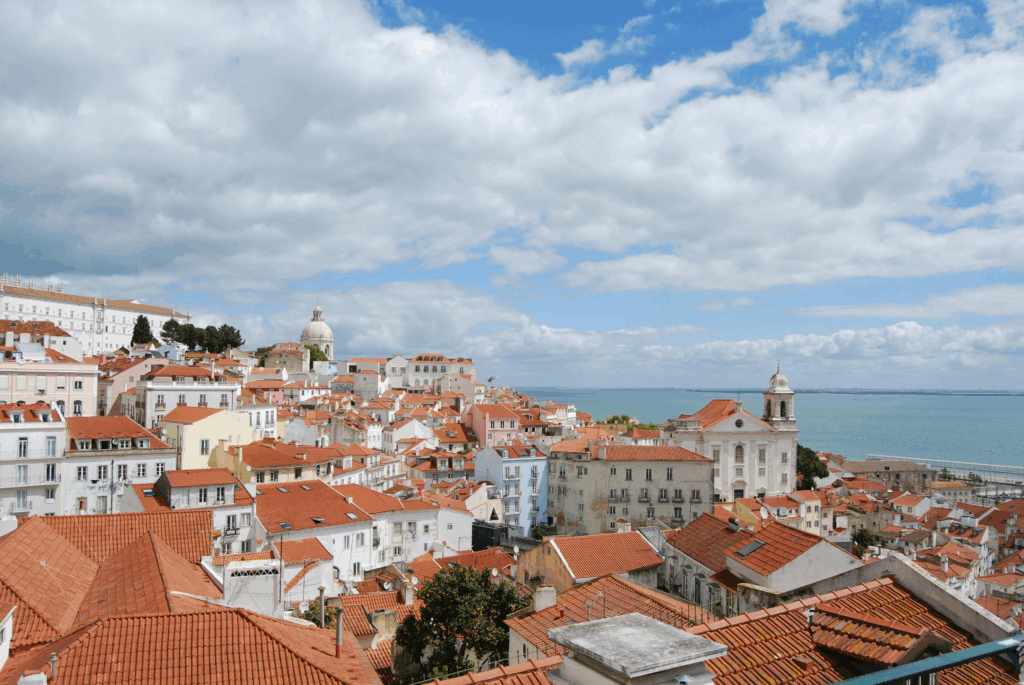
Alfama’s narrow streets and steep streets are perfect for imaginatively capturing Lisbon’s history.
Alfama is a must for anyone who appreciates culture and travels out of curiosity. Stepping within its borders is an experience unlike any other.
5. Visit São Jorge Castle
São Jorge Castle sits atop one of Lisbon’s highest hills, offering panoramic views of the city and the Tagus River.
This historic fortress, dating back to the Moorish period, played a key role in Lisbon’s defense and history. Visitors can explore the castle walls, towers, and courtyards while learning about its fascinating past.
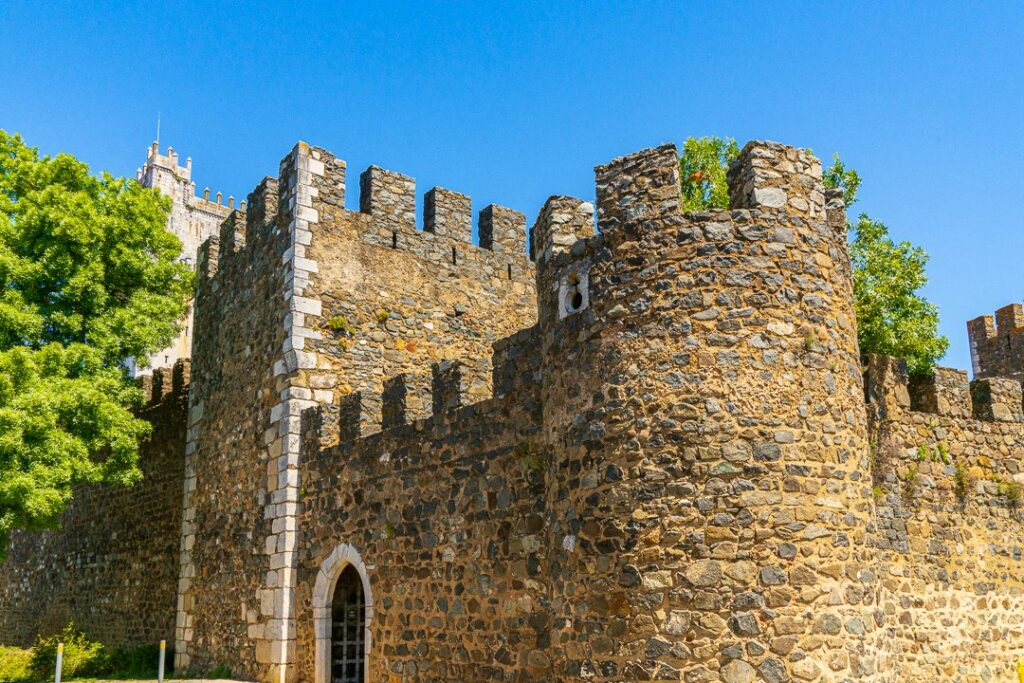
The castle grounds are also home to beautiful gardens, ancient ruins, and museums. From the viewpoints, you can capture stunning photos of Lisbon’s red rooftops and bustling streets.
São Jorge Castle is perfect for history enthusiasts and travelers seeking both cultural insights and breathtaking cityscapes.
6. Explore LX Factory
Situated in an ex-industrial complex, LX Factory is a unique, one-of-a-kind, creative-cultural center in Lisbon.
With art spaces, shops, restaurants, and co-working spaces, LX Factory is a true Atlantic contemporary culture design center.
Street art is an abundant and dynamic feature of the LX Factory, emblematic of a modern urban experience.
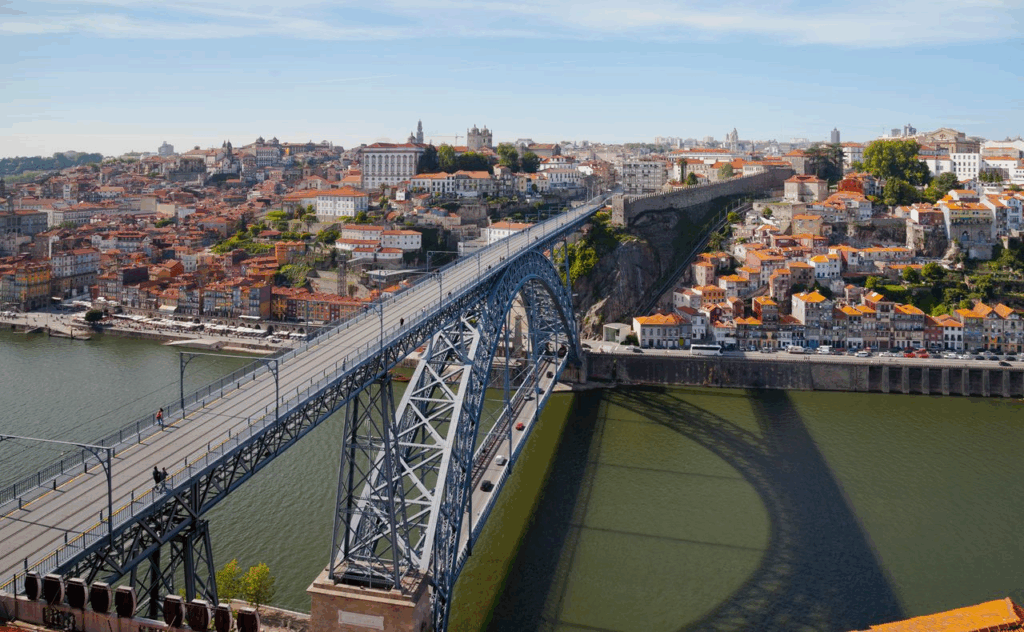
Visitors enjoy the many restaurants, cafes, and snack bars, and take in small boutique shops, and attend a variety of live performances and art and culture workshops.
The LX factory is a beautiful confluence of history and modernity, a great fit for those seeking a contemporary, non-touristy adventure in Lisbon.
7. Taste Pastéis de Nata
Lisbon’s custard tarts, Pastéis de Nata, are a must-try culinary delight. Originating in Belém district, these flaky pastries with custard cream fillings are now a staple in Portuguese cuisine.
Bakeries like Pastéis de Belém serve them fresh, often with a dusting of cinnamon and powdered sugar. Having a warm pastel de nata with coffee or espresso is one of the best things to do in Lisbon.
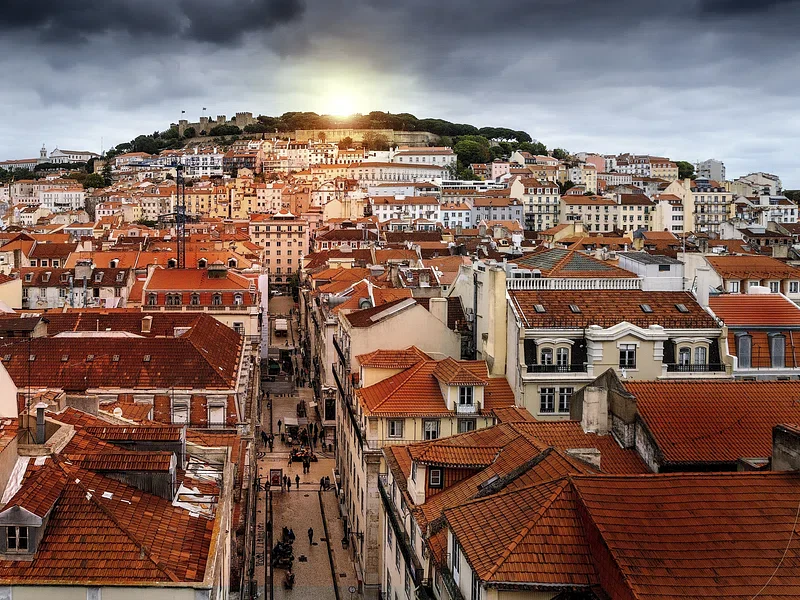
The contrast of a crispy, flaky crust and a warm, sweet custard is truly heavenly. Having them while touring the city is a great way to engage with the local food culture.
8. Walk along Ribeira das Naus
Along the Tagus River, let the Ribeira das Naus promenade take you on a riverside riverscape stroll. It runs from Praça do Comércio to Cais do Sodré, with views of the river, historical ships and the 25 de Abril Bridge.
Take a seat on the promenade and enjoy the sunset as you listen to the joggers and strollers pass by.
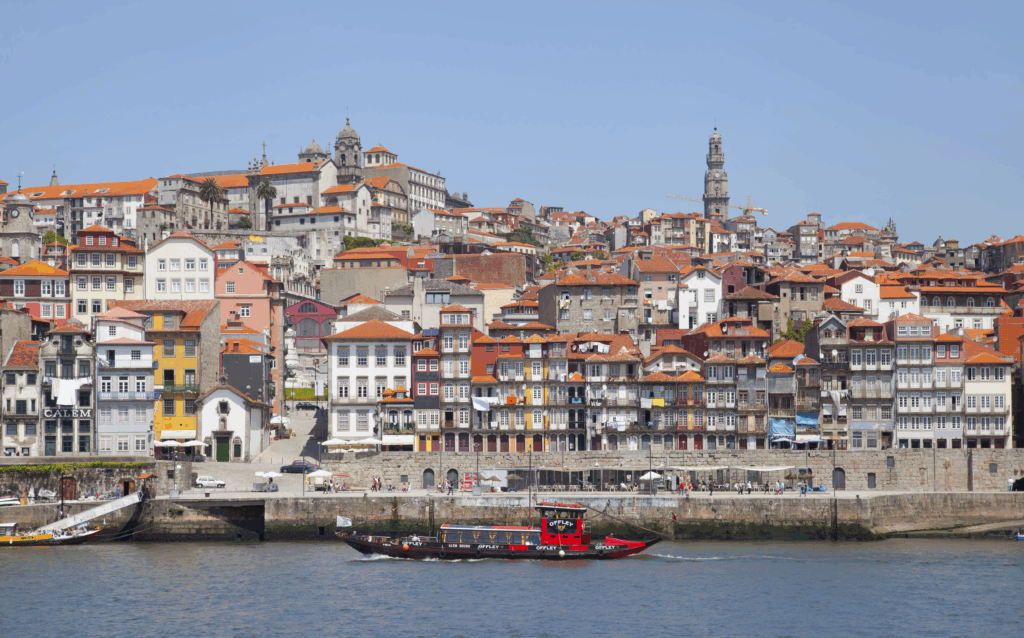
Ribeira das Naus is a great place to take a picture, enjoy a riverside picnic, and make the most of the promenade.
9. Experience Time Out Market
Time Out Market is Lisbon’s most famous food hall, bringing together some of the city’s best chefs and culinary experiences under one roof.
Visitors can sample a wide variety of Portuguese dishes, fresh seafood, international cuisine, and gourmet desserts.
The market combines traditional flavors with modern trends, making it perfect for food enthusiasts.
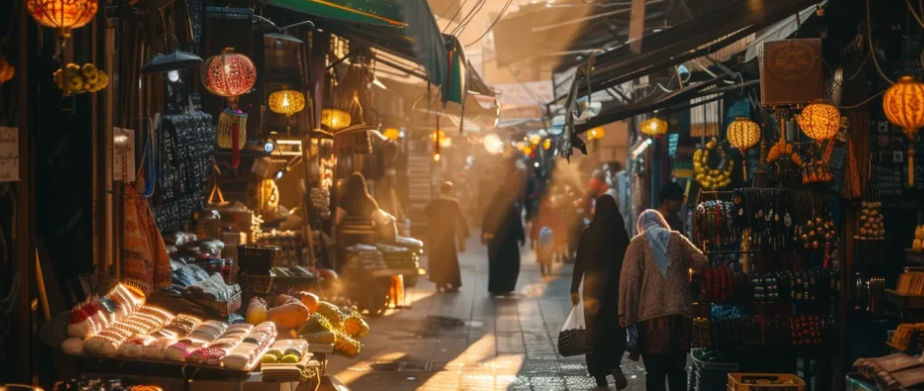
Beyond food, Time Out Market hosts cultural events, live music, and craft stalls. Its lively atmosphere and central location make it a convenient and exciting stop for tourists.
Experiencing this vibrant market is a feast for the senses, offering both taste and cultural immersion.
10. Take a Day Trip to Sintra
Travelling to Sintra for a day is a once-in-a-lifetime opportunity to leave Lisbon for a while. Besides, the fairytale – palaces, historic castles, and marvelously made gardens are simply a bonus.
Sintra is a miniature world, roughly a 30 km journey and a UNESCO World Heritage site to boot.
Its rich 19th century romantic architecture to this day people seem to adore and which certain special places need to be adored and appreciated are: Pena Palace, the Quinta da Regaleira and the Moorish Castle.
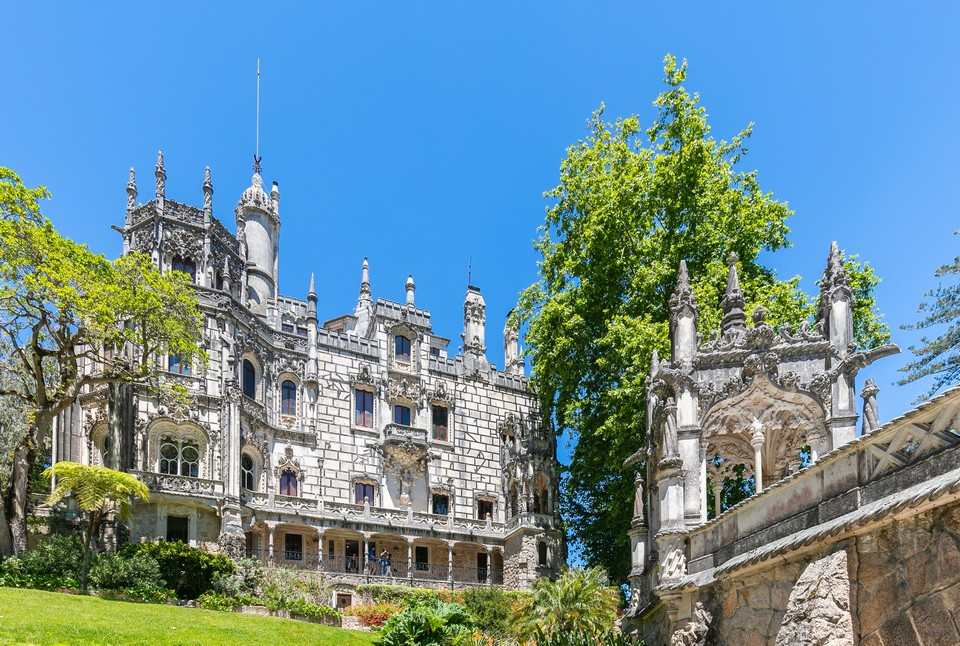
On the way you will be greeted with the wondrous and beautiful Sintra mountains, where you can enjoy the view with a cup of a traditional and fancy café.
Sintra is a packed opportunity and wonderfully equipped with history for the people who fancy it, architecture to admire and nature to appreciate.
Conclsuion
To sum it all up, Lisbon, Portugal, is a magnificent mix of history, culture, and stunning landscapes.
The city is perfect for every since it allows one to engage with all of with it gorgeous and ancient landmarks, delightful and quaint districts, sumptuous and authentic Portuguese food, gentle and scenic walks along the river, and much more.
Even if one spends a short time in the city, all the best that it has to offer will provide them with a memorable Lisbon experience that they will not forget.
FAQ
What is the best time to visit Lisbon?
Spring (March–May) and fall (September–October) offer pleasant weather and fewer crowds.
How many days are needed to explore Lisbon?
3–4 days are ideal to cover major attractions and neighborhoods.
Is Tram 28 worth riding?
Yes, it’s a historic tram offering scenic city views and access to key districts.
Can I visit Belém Tower and Jerónimos Monastery in one day?
Yes, both are close together in the Belém district and easily combined.
What is Alfama known for?
Its narrow streets, historic charm, and traditional Fado music performances.

